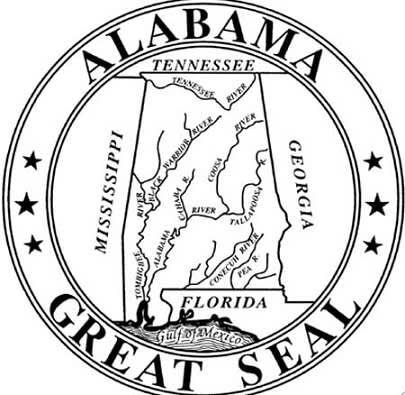Alabama Forever Wild Land Trust Unveils New Website
OutdoorHub 05.31.12

The Alabama Forever Wild Land Trust (FWLT) announces that its website, www.alabamaforeverwild.com, has undergone the first stage of a redesign that will make finding information about the program’s land tracts easier for users.
One of the website’s new features is an interactive map of Forever Wild properties in the state. Users can click on any of the 90-plus tracts and read a short description of the property, directions on how to get there and what recreational activities are available. An additional detailed map of Forever Wild properties is also linked at www.maps.dcnr.alabama.gov/FWLT. This feature shows the Forever Wild tracts on an aerial map that the user can zoom in on to see details such as parking areas and recreational trails.
Greg Lein, assistant director for the Alabama State Lands Division, which manages the Forever Wild properties, says the interactive map will make planning trips to FWLT properties easier for recreational users. “Habitat features such as streams, fields, roads and trails are readily visible. Users can get a quick overview of the property from the interactive map, which can change from an aerial view to a topographic or street view with the click of a button,” he said. An additional feature of the map is that other state-owned lands with a connection to Forever Wild are also viewable, such as state parks and wildlife management areas. This feature also helps the viewer better understand the context of Forever Wild lands with other Conservation Department lands and programs.
Other beneficial components of the new FWLT website include information on how the program is funded and a blog about the program. Want to join the FWLT Facebook page? Subscribe to its Twitter feed? Both are just a click away. A “Contact Us” link will let the public request more information or share their comments about the program.
“Alabamaforeverwild.com will be a much-improved one-stop shop for information about the land trust program,” said Lein. “The public needs to know that this land is being managed for them in a responsible way, so the new website is a big part of how we are sharing that information.”

